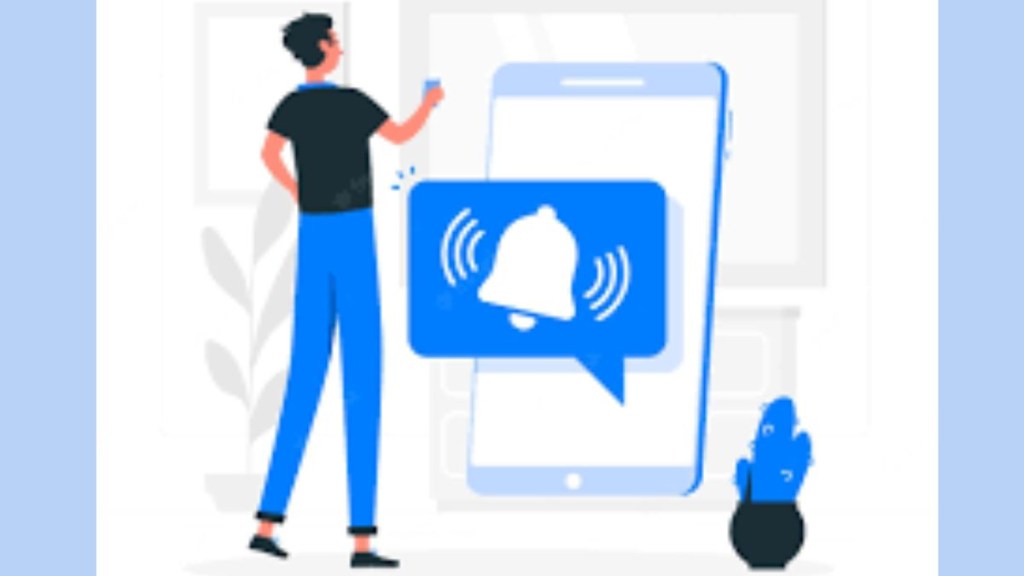By Raviteja Dodda
Will they, won’t they? App makers are ‘sitting on the edge’ as Android launches its version 13 and gives more power to app users on their devices. With the change in its OS, Android 13 users can now straightaway say ‘No’ to push notifications from apps, like iOS.
Previously, the opt-in for push notifications was on default, and Android apps enjoyed an average opt-in rate of 85-90%, nearly twice that of iOS.
Impact on customers and marketers in India
Usually an app will welcome customers with the opt-in prompt to seek permission to send notifications. Clicking on ‘Allow’ opts-in customers to receive notifications, clicking on ‘Don’t Allow’ will opt-out the customer and brands won’t be able to show the opt-in again. Swiping away or ‘ignoring’ holds a temporary grant to send notifications to customers.
From a marketers’ perspective, this update requires them to tweak their customer engagement strategy, particularly, the way they leverage push notifications. Apps have to work on keeping customers opted-in by delivering the best customer experience.
This is critical because the market in India is skewed towards Android users.
A report by Statcounter says that 95.79% percent of mobile users in India are on Android, 3.55% are on iOS, and the rest are on other operating systems. With such a large number of the population on Android, marketers in India have to take cognizance of the changed scenario for push notifications.
Push notifications are communication sent out by apps to notify customers about product updates, news, and special offers to customers, among other happenings. It’s the best way to reach out to customers because they deliver important messages to customers without them having to log in or open any app.
With the right strategy, push notifications can boost customer engagement. But without one, push can be an annoyance to customers resulting in higher opt-outs. So marketers are skating on thin ice, and sans the right strategy, they risk losing out on opportunities to engage with customers.
Preparing for Android-13 changes and better opt-in rates
This challenge is a big opportunity for marketers to focus on their push strategies and create campaigns that help to deliver meaningful customer experiences and improve loyalty in the long run.
Some experts recommend the below strategies for achieving better opt-in rates are:
Ask for opt-in permissions at critical stages of the buyer journey
By personalizing opt-in asks based on customer’s past behavior: If a customer searches for an item that is currently out of stock, the app can simply trigger the push opt-in prompt. This is the best time to ask for an opt-in so customers can be alerted when the item is back in stock. Similarly, when a customer has subscribed to a news app, the app can ask them permission to send regular alerts on topics of their interest. Triggers at critical moments of a customer’s journey are more powerful and helps brands get a higher opt-in rate.
Get new customers to opt-in during onboarding
By pitching the app’s value proposition based on consumer preferences during onboarding: For example, apparel brands can send different messages to customers based on the types of items they browse and shop for. The app can send suitable recommendations to men and women; or specific alerts for customers who have browsed for skincare products rather than sending them alerts on haircare products. This works very well during the initial stages of customer interactions.
Similarly, banks and financial companies can ask customers who’ve just finished a KYC process if they can be notified after their documents have been verified. Therefore, apps have to set the correct context for messages and make marketing intentions clear before showing an opt-in prompt to the customer. Also, apps that give customer’s time to understand the app’s value before asking for an opt-in see a better conversion rate.
Deliver critical transactional alerts via Push Notifications
By sending customers critical messages in real-time: Transactional notifications update customers about important alerts. Some examples are alerting customers when their package is ready to be shipped or arrives, subscription statuses, sending OTPs for transaction approvals, and cab arrival updates.
Such messages share relevant and critical information with customers and increase their chances of opting-in.
Statistics show that Indian consumers have particular preferences for push notifications: 24% of Indians want subscription renewal reminders via push notifications, 19.2% of Indians rely on push notifications to get shipping updates, and 15% of Indians prefer to get stock market updates on push notifications.
Conclusion
Push notifications work very well for personalized customer communication, resulting in higher brand loyalty and sales. Transactional alerts, particularly, make the customer communication look more contexual and less promotional.
The author is the CEO and co-founder of MoEngage.

